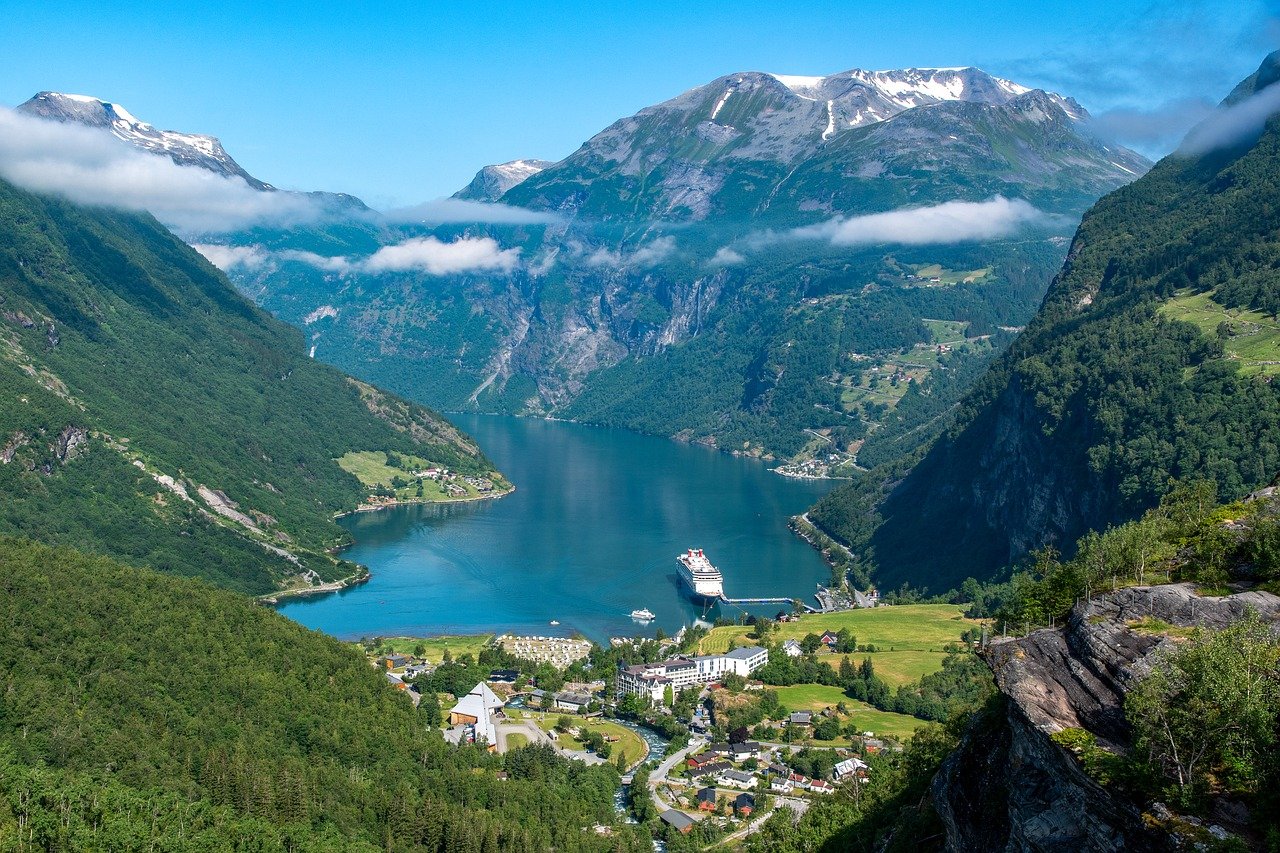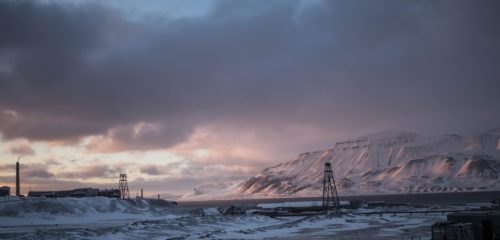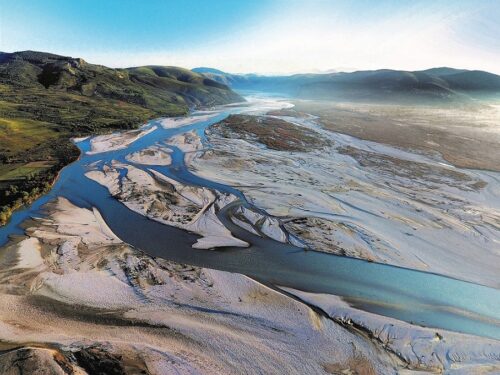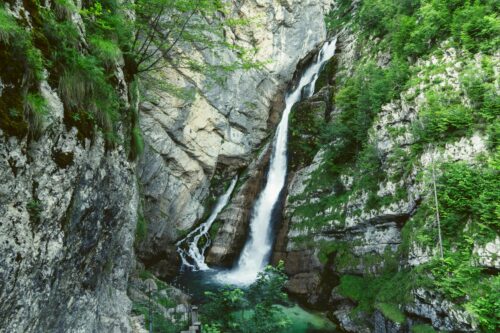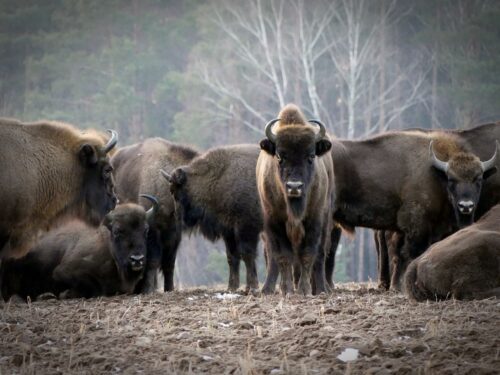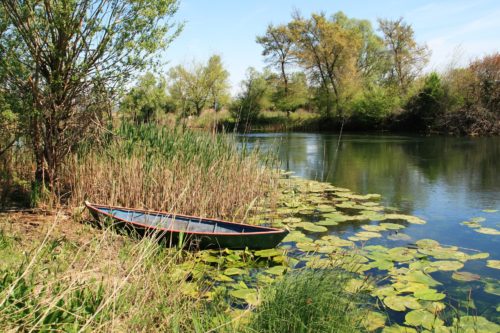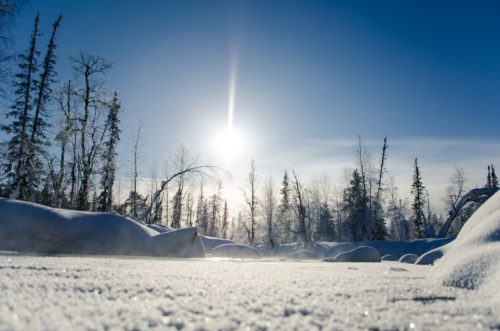It is not the seven dwarfs, but the equally fairytale-like seven sisters that can be found in Norway. These waterfalls plunge into the most famous of the many fjords in the west of the country: the Geirangerfjord. It has been a UNESCO World Heritage Site since 2005. The fjord extends over 15 kilometres, cuts 500 metres below sea level into the Norwegian rock and is flanked by 1400-metre-high walls.
Fjords are formed by valley glaciers that flow from the interior through existing river valleys. The ice sheet carries rock with it, deepening the valley. The U-shape typical of fjords is created. When the glacier melts, seawater can flow into the river valley. The fjord estuary marks the boundary between the deep fjord and the coastal waters. Waves and water circulation in the fjord are thus more moderate and the oxygen supply is limited. For scientists, the sea arms are particularly interesting for research into landscape formation and climate change.
More information: https://www.visitnorway.de/reiseziele/fjord-norwegen/der-geirangerfjord
Photo: Geirangerfjord in Norway. Credits: Pixabay/Zachtleven.
